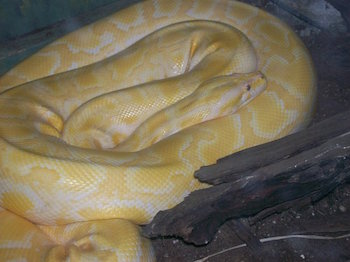Product Description
American “Coiled snake” ring, carved 14K gold with diamond eyes, marked, c. 1900


American “Coiled snake” ring, carved 14K gold with diamond eyes, marked, c. 1900
GEORGE MANUPELLI (1931-2014) USA
“AC Sandino” Silk screen poster c. 1970
Silk-screen with black and red ink.
This stylized “Ben-Day dot” technique image of Augusto Cesar Sandino (AC Sandino (1895-1934) was a Nicaraguan revolutionary and guerrilla leader), the poster is float mounted in a white gold leaf edged frame.
Signed: george manupelli (in ink below image) and in pencil script below black inked printed name
Poster dimensions: H: 35″ x W: 23″
Framed dimensions: H: 41 1/2″ x W: 29 1/2″ x D: 2 1/2″
George Manupelli was born in Boston’s North End in 1931. A pioneer in experimental film since 1955, he has exhibited and won awards internationally including the 1964 Venice and 1965 Sao Paulo Biennials. He recently received and Avant- Garde Master Award for his Dr. Chicago films. He holds a Doctorate Degree from Columbia University (1959), and has taught at the University of Michigan, York University, was Dean of the San Francisco Art Institute, and was a Fellow at the University of Illinois Center for Advanced Studies. Manupelli founded the Ann Arbor Film Festival in 1963 and directed it for 17 years. He was also a member of the music theatre ONCE Group. His many films are in the archive of the Anthology Film Archives in New York City.
***This print is made from a 1930s photo of revolutionary Augusto Sandino.
